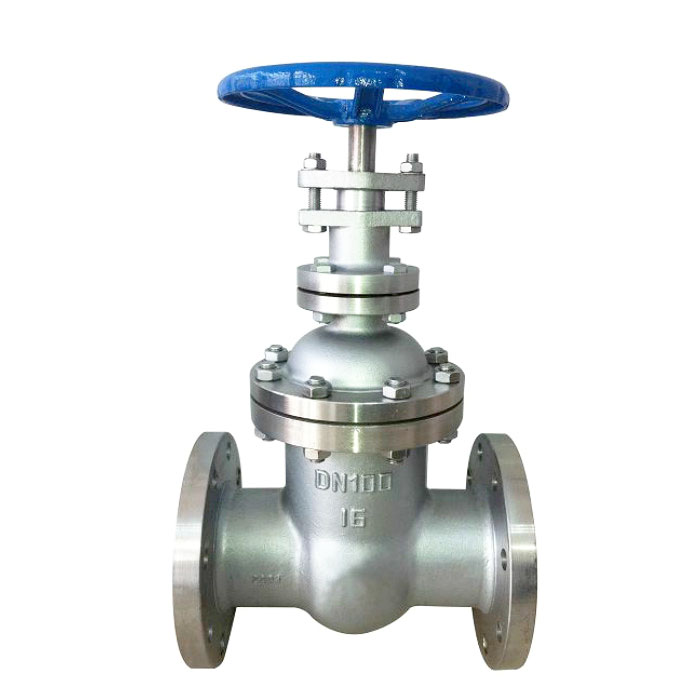Configuration terminology and definition of industrial valves

Selecting correct model of valves depends on our in-depth comprehension of valve configuration. In this article, configuration terminology and definition is introduced.
1. face-to-face dimension, face-to-centre dimension
The distance between the inlet and outlet end faces of the valve; or the distance from the inlet end face to the outlet axis.
2. through way type of valves Face to face dimensions
At the end of the valve body passage, the distance between the two planes perpendicular to the axis of the valve axis.
3. angle type of valves Face to face, end to end, center to face and center to end dimensions
The distance between the plane perpendicular to the axis at one end of the valve body passage and the other terminal axis of the valve body.
4. Type of construction
The main features of various types of valves in terms of structure and geometry.
5. through way type
The inlet and outlet axes are coincident or parallel to each other in the form of a valve body.
6. Angle type
The valve body forms that the inlet and outlet axes are perpendicular to each other.
7. y-globe type, y-type, diaphragm type
The passage is in the form of a valve body in which the valve stem is positioned at an acute angle to the axis of the valve body passage.
8. Three way type
A valve body form with three passage directions.
9. T-pattern three way
The passage of the plug (or sphere) is of the general formula of "T" 。.
10.L-pattern three way
The passage of the plug (or sphere) is of the general formula of "L" 。.
11. Balance type
A structural form in which the axial force of the valve stem is balanced by the medium pressure.
12. lever type
The lever is used to drive the structure of the opening and closing member.
13. normally open type
When there is no external force, the opening and closing member is automatically in the open position.
14. normally closed type
When there is no external force, the opening and closing member is automatically in the closed position.
15.Steam jacket type
Various valves with steam heated jacket construction.
16. bellows seal type
Various valves with bellows construction.
17. Full-opening valve
A valve with the same inner diameter of the flow passage in all parts of the valve and the same inner diameter of the nominal pipe.
18. Reduced-opening valve
A valve with a reduced diameter of the flow passage hole in the valve.
19. Reduced-bore valve
The diameter of the flow passage hole in the valve is reduced, and the valve opening of the valve closing member is a non-circular valve.
20. un-directional valve
Designed as a valve that seals only one medium flow direction.
21. Bi-directional valve
Designed as a valve that seals both media flow directions.
22. twin-seat, both seats bi-directional, valve
The valve has two seal seats, and each valve seat has a valve that can seal both media flow directions.
23. twin-seat, one seat un-directional and one seatsbi-directional, valve
The valve with two sealing pairs, in the closed position, the two sealing pairs can be kept sealed at the same time, the valve body in the middle chamber (between the two sealing pairs) has an interface for releasing the pressure of the medium. Represents the symbol DBB.
24. back seat, back face
A sealing structure that prevents the medium from leaking from the stuffing box when the valve is fully open.
25. Pressure seal
It is used as a structure for automatic sealing of the joint between the valve body and the valve cover.
26. Dimension of valve stem head
The structural dimensions of the valve stem to the handwheel, handle or other mechanical attachment joint.
27. dimension of valve stem end
The structural dimensions of the connection between the valve stem and the opening and closing member.
28. dimension of connecting channel
The structural dimensions of the joint between the opening and closing member and the valve stem assembly.
29. type of connection
The various ways in which the valve is connected to the pipe or machine (such as flanged connections, threaded connections, welded connections, etc.).
If you are interested in more information. Let us know freely via sales@jhflow.com